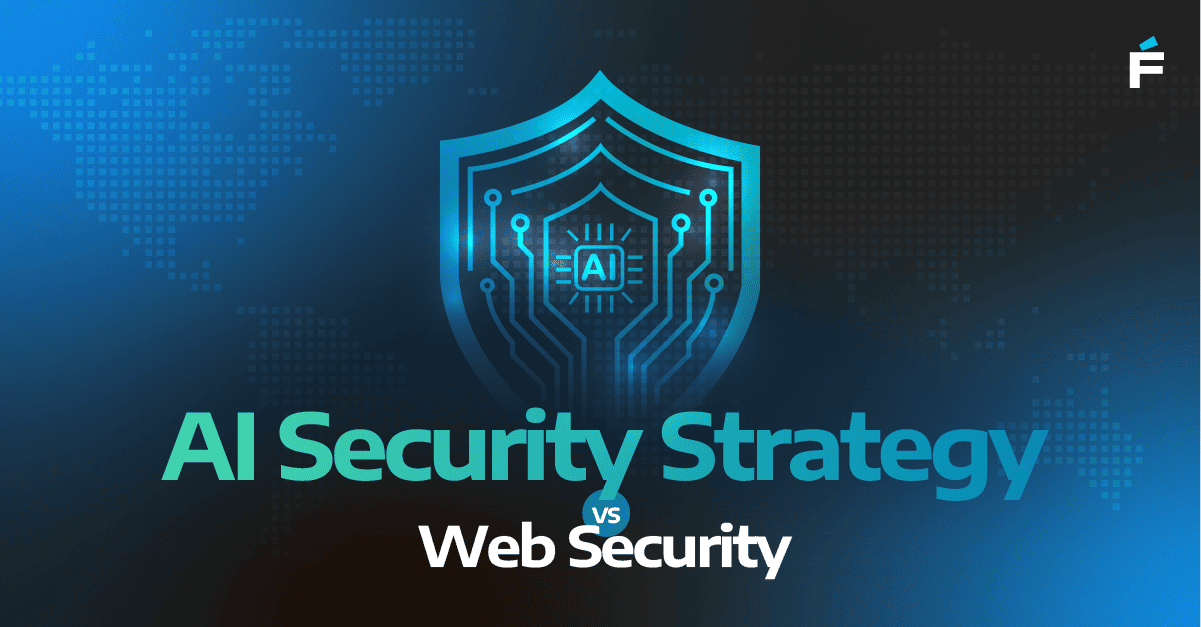When it comes to software development, technology choices should not be driven solely by trends or established standards. In fact, choosing a tool just because it’s popular or familiar within an organization can lead to performance issues, technical debt, and long-term maintenance challenges. Drawing from my own experience, I’d like to reflect on how to balance innovation, business value, and sustainability when selecting technologies.
The context of the project defines the technology
Not every application requires a comprehensive framework like Angular or React. In projects where simplicity and fast loading times are priorities, native technologies like HTML, CSS, and server-side logic usually suffice. Adopting a tool without assessing its fit for the specific use case can introduce unnecessary complexity and harm the user experience.
In a past project, for example using Angular as the standard proved to be excessive for the development requirements. This resulted in performance and debugging challenges, whereas a lighter solution like React or even minimalist libraries could have simplified the work and optimized the results.
Avoid overengineering
When tools are oversized for a project, they introduce technical overhead that can hinder delivery and increase maintenance costs. Additionally, excessive dependencies often lead to significant technical debt, especially if they’re not well-maintained. In complex projects, I’ve observed how choosing simpler, purpose-driven technologies can save time and resources while ensuring better outcomes.
For instance, in a recent project to develop an internal tool for data visualization, the initial choice was to use a full-fledged framework with numerous built-in features. However, many of these features were unnecessary for the project’s scope. We switched to a more lightweight library specifically designed for data visualization, which reduced the complexity, sped up development time, and simplified future maintenance. This decision also minimized the potential for bugs and improved overall performance.
Another example that comes to mind is when I created several proof-of-concepts using PowerBI, Azure Synapse Analytics, and complex data visualizations from DevExpress and Infragistics. However, after a thorough comparison, we ultimately decided to go with a simple JavaScript control chart to display what we needed.
Consider performance and accessibility from the start
Burdening the client side with heavy, unoptimized technologies can be a critical issue in low-connectivity environments. Prioritizing lightweight tools and a "progressive enhancement" approach can make a significant difference for users. For instance, applications relying less on JavaScript and more on native web standards tend to be more resilient and accessible.
In a past project targeting users in areas with unreliable internet access, we opted for a minimalistic approach using HTML, CSS, and minimal JavaScript. This ensured that the application loaded quickly and was usable even with slow connections. We focused on native web standards and reduced JavaScript dependencies to create a more resilient and accessible application.
Here’s another example. Several years ago, we developed an application for tracking materials in challenging environments where electromagnetic interference obstructed WiFi connectivity. To address this, we used a local SQLite database on the mobile device to store data, which was synchronized whenever a connection became available. We also implemented a strategy to merge new data once the connection was re-established. Communication between the frontend and backend was optimized to minimize data volume, and the frontend was designed to be simple and lightweight, ensuring a seamless and user-friendly experience.
Make room for innovation without sacrificing sustainability
While exploring new tools and frameworks is important, so is assessing their impact on project sustainability. Using "legacy" technologies can expose products to security risks and make it hard to find skilled developers. On the other hand, adopting something too new and unproven can lead to support issues or a lack of community backing. The ideal balance lies in maintaining an open mindset to innovation while prioritizing business and user needs.
Some time back, Svelte was initially chosen for a project due to its promising potential and growing popularity. However, after evaluating factors like community support, frequent updates, and the challenge of finding developers experienced with such a new framework at the time, the decision was made to transition to React. As a more established technology with a larger community and better long-term maintenance, React proved to be a more reliable choice. This experience reinforced our understanding of the importance of balancing innovation with practicality.
Lessons learned
The key is to question technology decisions critically. Instead of automatically opting for what’s popular or standard, we should ask ourselves:
- Is this technology suitable for the project’s goals and constraints?
- Is it sustainable for the team and the product in the long term?
- Does it provide real value to the end user?
In my experience, pivoting from unsuitable technologies to more efficient solutions has been crucial in solving performance issues and delivering products aligned with real needs.
Beyond frameworks and trends, technology decisions must focus on the value they bring to the business and the user. Innovation doesn’t mean adopting every new tool but finding the best fit for the specific case. By doing so, we can build scalable, sustainable, and user-centric applications ready for today’s and tomorrow’s challenges.




